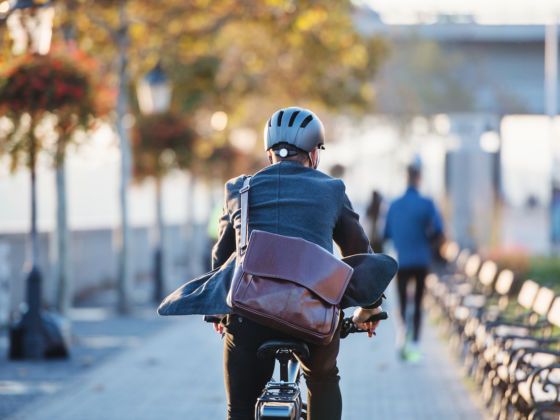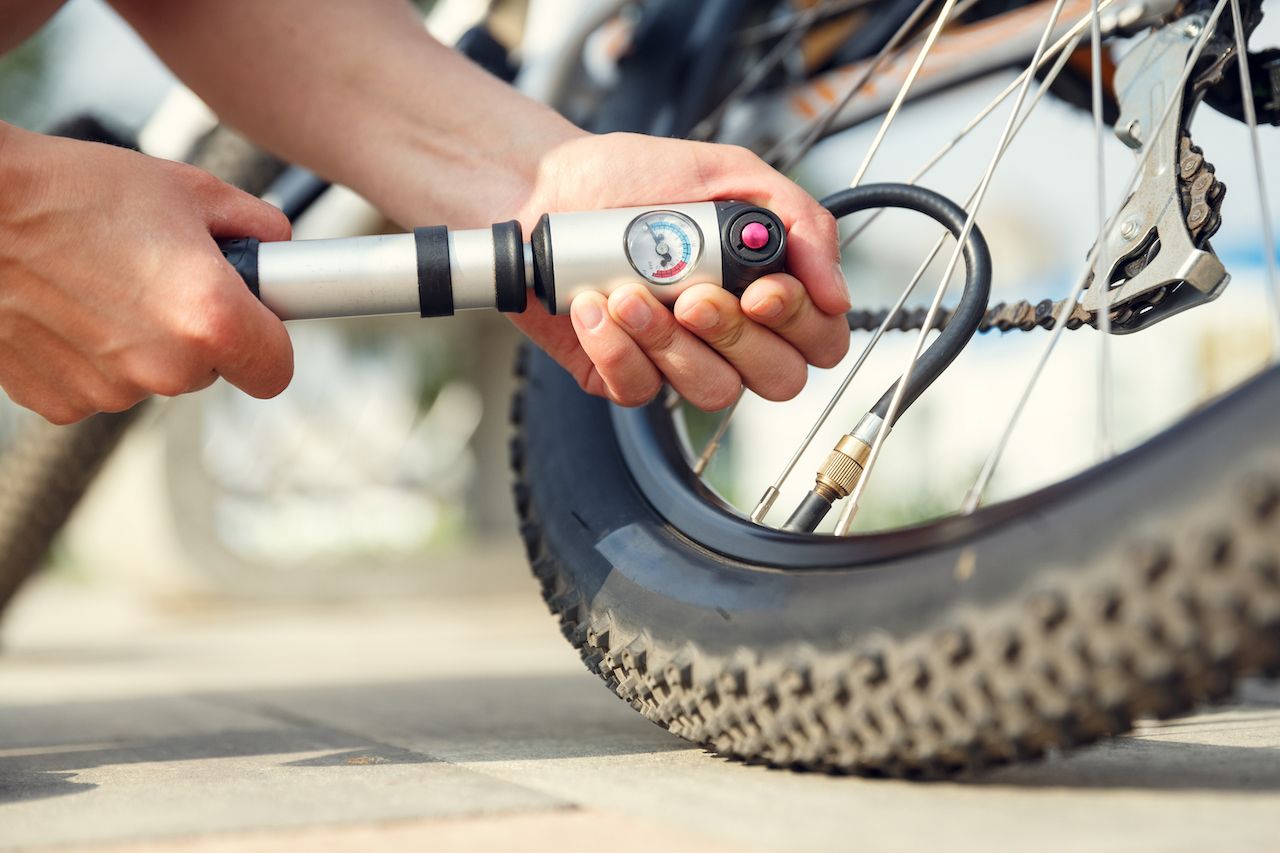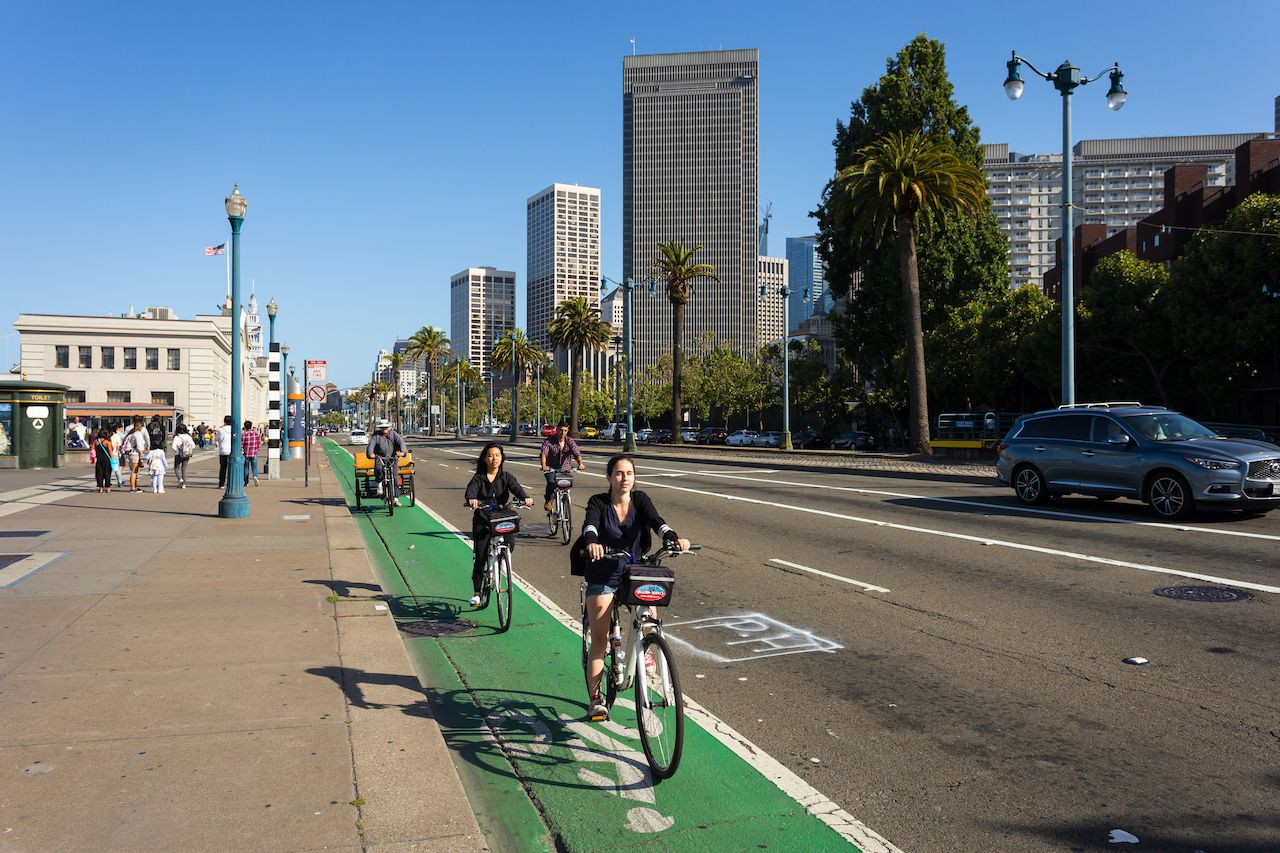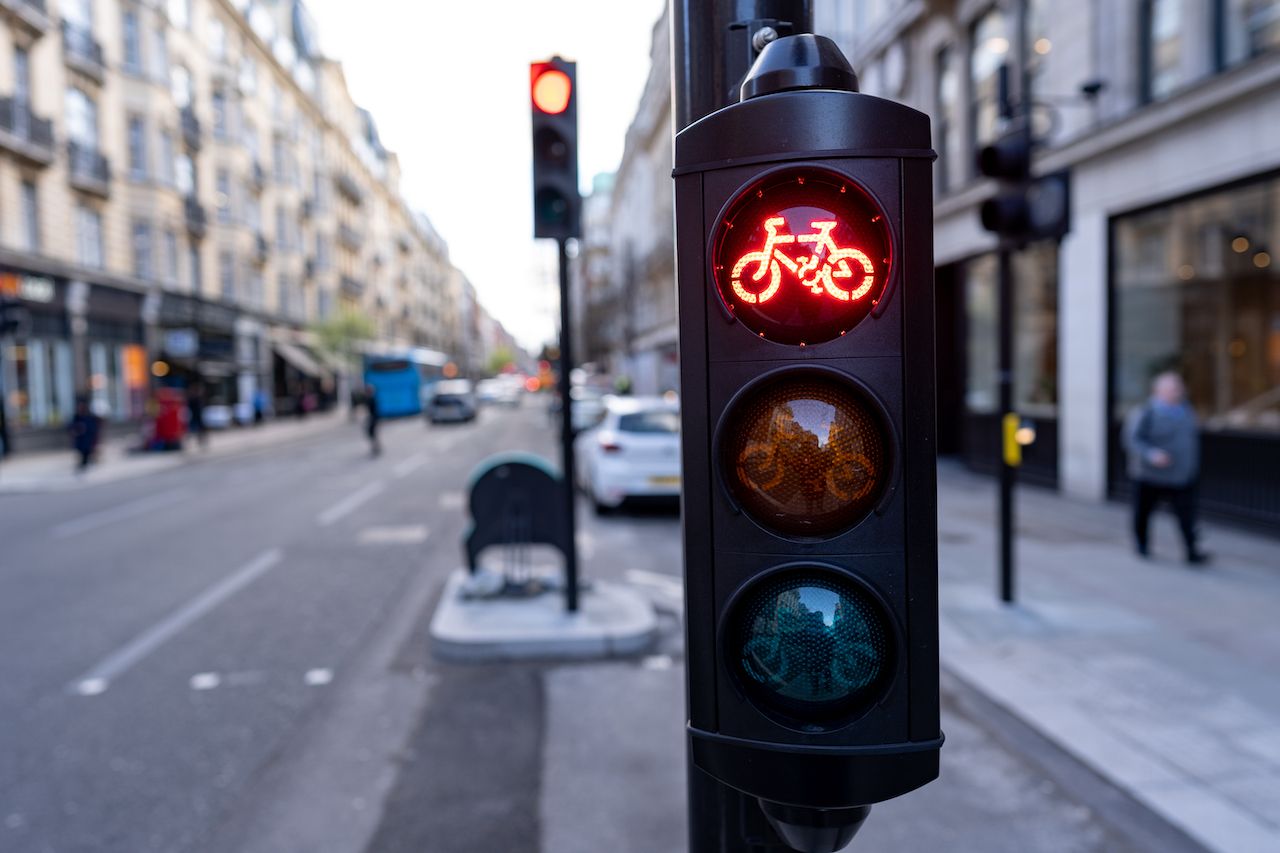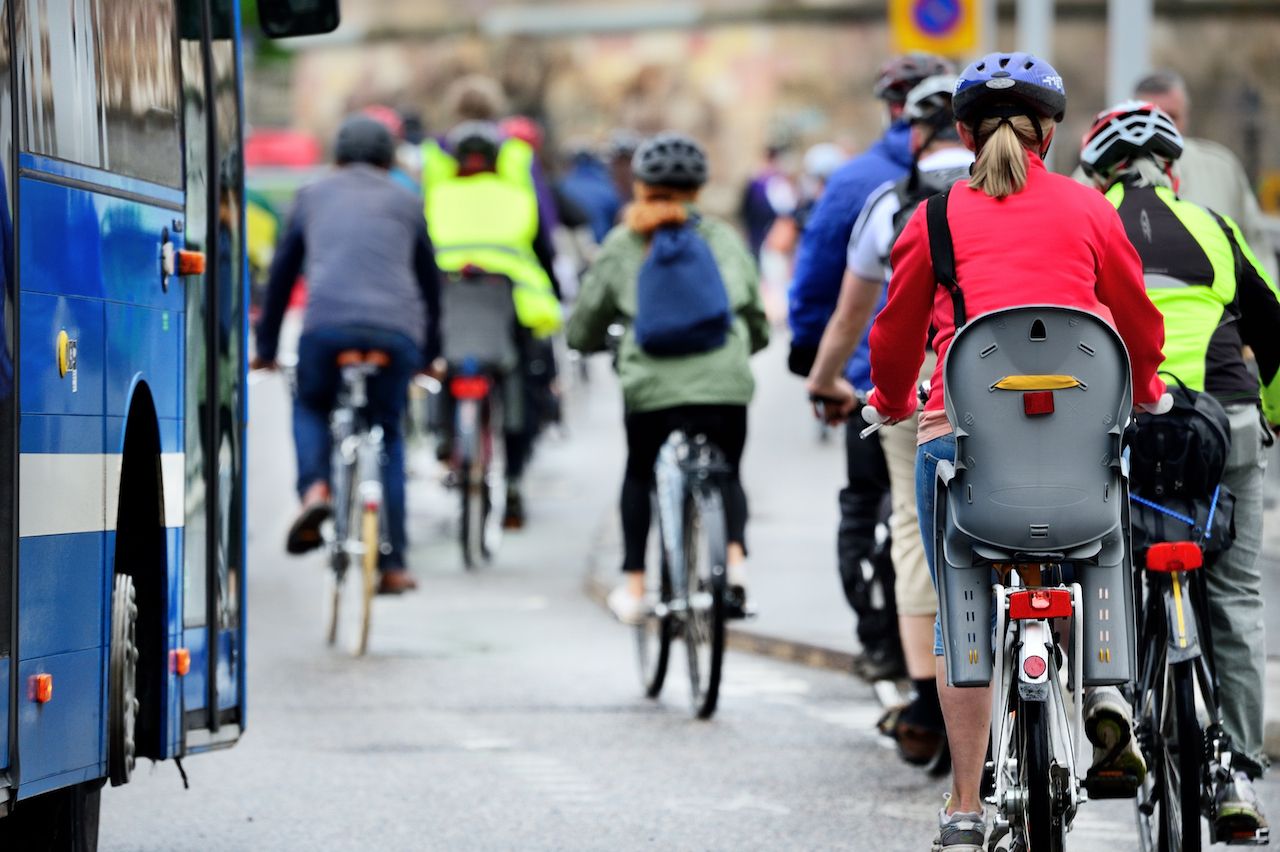Maybe you’re commuting to work or pedaling around town, or maybe you’ve become more aware of your carbon footprint and are looking for a greener alternative to car travel. Whatever your reason, it’s time to bust out those two wheels. (And, now, the roads are emptier than ever.)
Biking in all its forms is good for your health and for the planet’s, but it does require a level of know-how to safely navigate the streets. Here’s how to stay safe and smart on two wheels.
